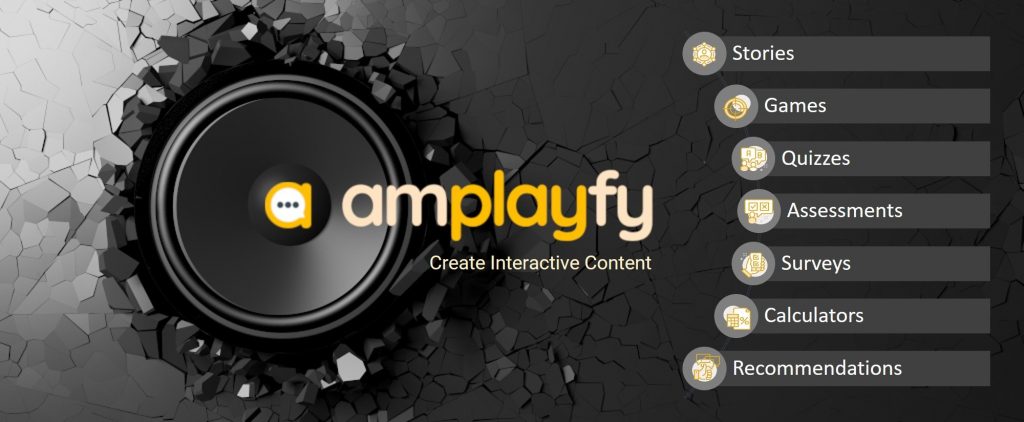Unless you have been living under a rock through the last decade, you have heard of tech stacks. A tech stack is the set of underlying elements of a software application. These are the frameworks, languages, and software products that everything else is built on. Every developer who joins a tech team needs to learn his stack.
Similarly, I believe that every business role has a stack. A stack that has to be mastered by anybody looking to do that role.

Skills
Skills are what we all need to know how to do in order to our job effectively. There are two broad categories of skills – Soft Skills and Functional Skills. In the context of this framework, the “Skills” being referred to are Functional Skills only. Every role demands certain core functional skills, that are essential for the employee to function in that job.
Good examples of these are Javascript expertise for a ReactJS developer, Negotiation and Presentation Skills for a salesperson and Accounting Skills for a credit analyst. While such skills can be trained for, true expertise comes only from experience. This is why expertise in such core skills is typically evaluated during the recruitment process itself. And once in the job, organizations trust employees to progressively get better the longer they perform the role.
In the context of role on-boarding, there is very little that can be done in a short duration program to build up these core skills. Instead, what is recommended are skill assessments and quick refreshers. Essentially, just show them a mirror and jog their memory.
Don’t spend inordinate amounts of time (not more than 10%) on skill training during on-boarding.
Tools
Can you imagine a carpenter without a saw or a blacksmith without a hammer? A skill is useless without the tools that go along with it. Similarly, every job role typically requires an employee to use a set of software and hardware tools and systems to perform their jobs.
Good examples of these are IDEs for developers, Canva and Amplayfy for content marketers and Microsoft PowerPoint for salespersons. Apart from industry-specific tools like these, most companies also have their own company-specific ERP, CRM, LMS, HRMS, etc. that the employees need to familiarise themselves with.
In the context of role on-boarding, expertise on industry-specific tools is akin to having the core skills. It is not recommended that any industry-specific tool training be undertaken during the on-boarding program. Instead, it is recommended to focus on providing primers for company-specific tools. Most people are hesitant to learn new systems, and the on-boarding program is the best place to manage this trepidation through these introductions to the tools. Giving them access to manuals or help videos in a repository format will encourage deeper self-training at a later date.
Spend more time on training on tools (about 15%) over training on skills during on-boarding.
Attitudes
Attitudes are a mixed bag of soft skills, beliefs and habits that are required for working in a role. These dictate how well you can work or interact with others to form relationships, create trust and dependability, and lead teams.
Good examples of these are leadership abilities in team leaders, assertiveness in analysts and persuasiveness in salespersons. Beyond the role requirements, all companies have a clear set of values, principles and guidelines that they look to inculcate in their workplace. Every employee must learn, internalise and display these attitudes to fit into the company culture.
In the context of role on-boarding, such attitudes need to be communicated right up front. These are best done through meet and greets, icebreakers, evangelical sessions and value discussions with the employee. Given that these require significant face-to-face interactions, it is perhaps the most expensive part of an on-boarding program in terms of time and effort and might seem to have a lower direct benefit in role on-boarding.
However, attitudes are critical in integrating a new hire into the company on the whole, and deserve significant resource allocation (about 20%) during on-boarding.
Customers
Customers are the only purpose for existence of any business activity. Customers can be internal or external, depending on the nature of the job role. But in all cases, knowing about and understanding customers is critical to performing the job well. Such customer education is unique to role on-boarding, differing from organisational induction in its application.
Good examples of these could range from retailers for front-line FMCG sales, website visitors for SaaS inside sales teams and company employees for an HR team. A stakeholder mapping exercise would be a good starting point for identifying the customer for a role.
In the context of role on-boarding, the difficult question is determining the best approach for the customer familiarisation exercise. In the case of institutional sales, it could be one-on-one meetings with the clients and account planning exercises. In the case of B2C sales, it might be participating in surveys, focus groups and interviews. Attending reviews and meetings might be a good way to familiarise the employee with internal customers.
Customer familiarisation during on-boarding requires significant time expenditure (about 25%), but reduces the need for on-the-job training in the long term.
Knowledge
Knowledge required for a job role spans a matrix of Industry-Company-Employee and Information-Concepts-Expectations. This has been explored in great detail in the ICE Cube induction framework I and II which are linked here and here.
Good examples of knowledge needs are company background, regulations, company policies, business concepts, etc. A larger part of required knowledge are job role specific knowledge of concepts, processes, products, expectations etc.
In the context of role on-boarding, the knowledge requirement takes up the largest chunk of time. It is recommended that to the extent possible, the knowledge sections should be administered through e-learning and not instructor-led training. The knowledge content should be structured as a combination of course-ware and reference learning centers, with a focus on on-demand learning and personalization. Try and find ready learning resources on LinkedIn, Coursera, Udemy, etc. before starting to create your own learning resources.
Knowledge training forms the base of the entire role on-boarding program (about 30%) and needs to be planned smartly to manage time, cost and effectiveness.
* * *
The Job Role STACK approach integrates really well with competency mapping and organizational development. Ideally, we typically recommend getting veterans of each job role in the organization to define the STACK and its constituents. Post that, taking the common elements of multiple Job Role STACKs into a common company induction program becomes easier. The remaining STACK components then move into a relatively shorter role on-boarding exercise that finally gets integrated with on-the-job training and coaching.
Do let us know your opinions on job role stacks and whether you see them being applicable in your businesses. And if you are looking for an easy to use tool to create interactive content for such programs, do consider giving Amplayfy a spin…

P.S. This was first published on LinkedIn – Click here to see the original post




